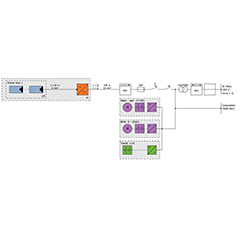Valentin Software from Berlin has adapted its market-leading design and simulation programs PV*SOL, T*SOL and GeoT*SOL to the new market trends in 2019. With all signs focused on growth, the software has been fundamentally expanded for the newest applications and innovations. With the updated versions, system designers and operators can design their solar systems according to the latest findings, simulate accurate yield calculations under site-specific conditions and thus also perform accurate financial calculations, taking state support measures into account. The company will be presenting its new products to the public in May at the world’s leading trade fair Intersolar Europe in Munich.
PV*SOL premium 2019 – Design of PV systems with 3D model import and electric vehicles as consumers
The new version of the design software PV*SOL premium 2019 makes the design of photovoltaic systems even easier and more efficient. The inclusion of complex parameters for detailed technical replication of the entire PV system and consumers now includes the detailed input of electric vehicles that can be divided into several groups. For each group the user can determine the vehicle type, number and expected kilometers. The timings at the charging station can be set individually for each group on 7 days of the week.
These and other important input parameters, such as a detailed tariff simulation, are important to precisely answer questions such as, “How much self-consumption is possible for commercial enterprises?” or “How much PV power is required for my EV fleet?”.
When inputting the installation of the module array, 3D models can be imported via an interface. This adds another important tool to the already existing possibility of importing floor plans, cadastral maps and screenshots from web-based satellite maps (e.g. Google Earth) directly into the 3D visualization and thus integrating them to scale into a project.
Another useful addition is the inclusion of the calculation of bifacial modules. After the automatic transfer of the necessary data from the 3D visualization, the irradiation is calculated for the backs of the mounted modules. The additional yield is shown separately in the energy balance.





























